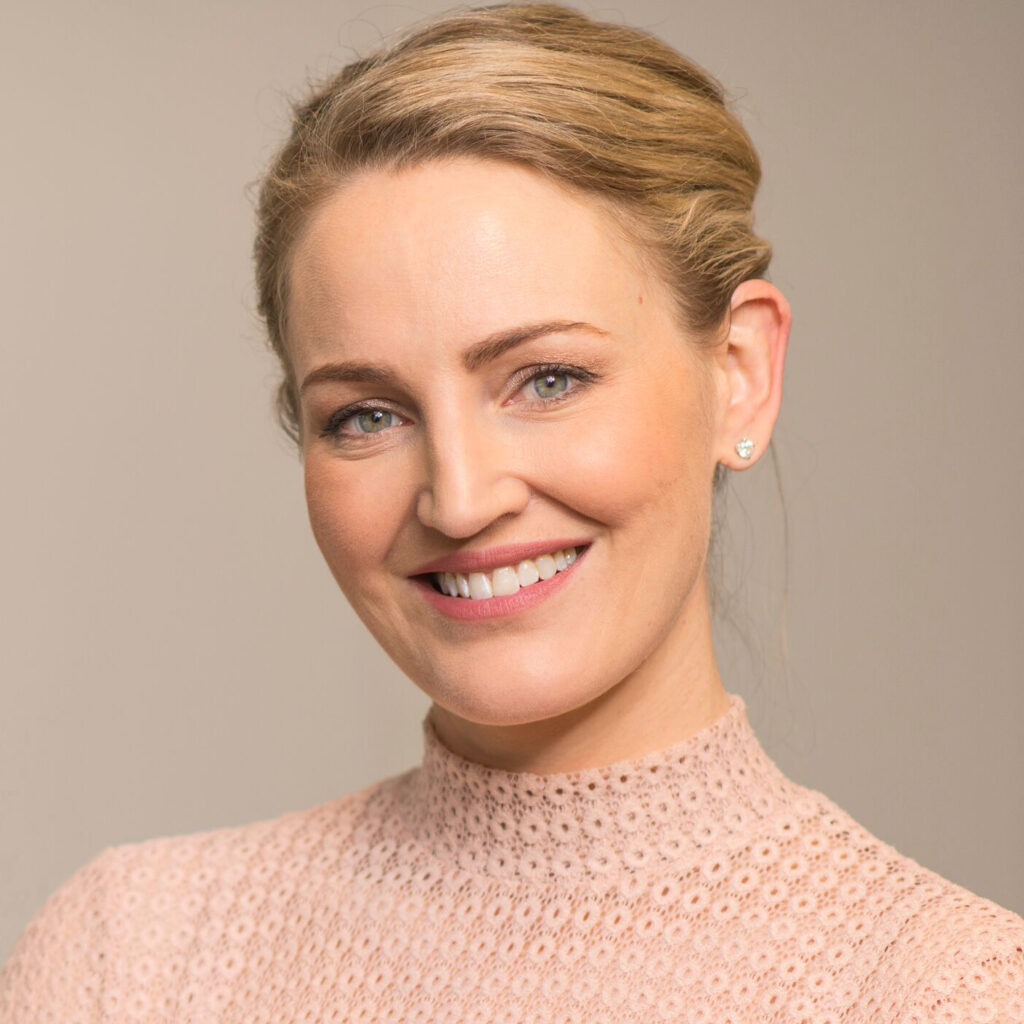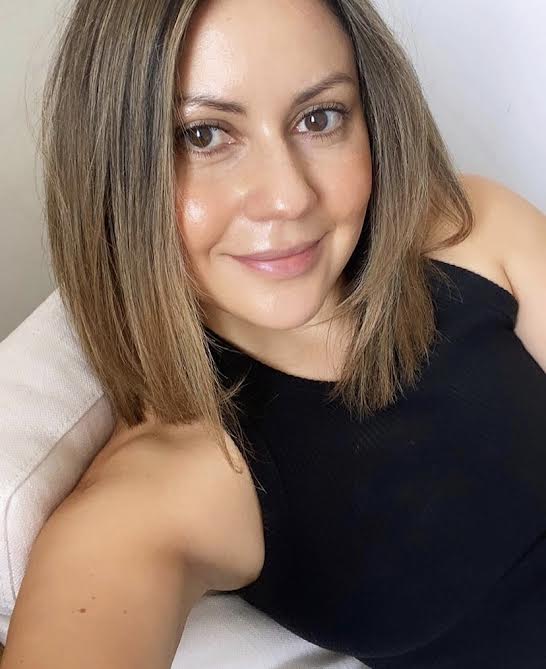Moving into 2022, and following 2 years of lockdowns, it’s never been more important for beauty professionals to know how to address social media skincare misinformation with clients. In our November-December issue, we spoke to the experts about course-correcting clients’ skincare routines (with tact!)
Going rogue: how the game has changed
My first skincare misadventure happened at 14. I was short on funds and high on painful pimples when I read that Natalia Imbruglia treated her acne with toothpaste. A dollop of Colgate later I had a constellation of chemical burns to complement my acne outbreak. Inadvisable skincare hacks are nothing new, but social media is now distributing them at a rapid rate. Meanwhile, digital creators chasing engagement and playing to algorithms are concocting beauty “shortcuts” that range from ineffective to downright dangerous.
This year, Australian Big Brother contestant Tilly Whitfield went global for all the wrong reasons. In an event covered everywhere from Business Insider and The New York Times to Ladbible and Cosmopolitan (any publicists’ dream), the reality star was hospitalised after following an at-home-Tik Tok beauty hack. Guided by a TikTok video Tilly performed DIY freckle tattooing using acupuncture needles and eyebrow dye purchased from eBay – the resulting infection caused a temporary loss of eyesight, severe facial swelling and permanent scarring. Unsuccessful attempts to correct the damage have cost her over $12,000.

While this is an extreme example, Dr Cara McDonald says many clients land in her office after following online skincare advice. Microneedling, peels and mistreatment of subsequent skin reactions can be a slippery slope for skincare novices. She explains that while “some procedures like superficial peels or very superficial micro-needling can be safe to perform at home,” clients don’t necessarily understand infection controls or the intensity of the products they’re using. “I would only ever recommend at-home procedures if the client has been educated and supplied with the products and equipment by a trained professional.”
Yadira Cauchi, a beauty and dermal therapist, says she has seen and heard almost everything regarding clients’ experiments with online trends. “Where do I start?” she laughs. “People sticking potato on their face to clear their acne? Or rubbing actual salmon fillets onto their skin for omega-3 benefits?” She says that the issue with TikTok is that skincare hacks prioritise shock value and virality over efficacy. “It does irk me that impressionable young people are trying them. The internet is a wild place for skincare advice, and people are always looking for a quick fix.”
Why it’s happening:
It’s not surprising that when retailers are closed, budgets are tight, and e-commerce deliveries are delayed, clients turn to skincare solutions in their kitchen cupboards during times of crisis. In recent years, Dr. Cara McDonald has also noticed a swing towards natural, single-ingredient products driven by confused messaging around health and sustainability. She says, “the ‘natural’ skincare movement has accelerated in recent years, as people become more concerned with the impact the environment has on their bodies, and the impacts humans have on the environment.” She says that, unfortunately, the equation drawn by online articles and beauty consumers is inaccurate. “Consumers are incorrectly led to believe that ‘natural’ skincare is better for them and the environment. The reality is that ‘natural’ is an unregulated marketing term with no true definition or meaning.”
Busting myths:
Cara says it’s helpful to explain to clients that you can have “too much of a good thing, especially with acidic ingredients found in popular home remedies like apple cider vinegar and citrus-based ingredients.” It’s essential to explain to clients that while some ingredients are beneficial in skincare, their benefits are unlocked through cosmetic chemistry. “Products that have been scientifically formulated and validated for safe and effective results may contain natural ingredients – but at specific levels. Too little of an active and the product will be ineffective, too much and it can be harmful.”

She also says that while home remedies may work for some, they are not tested, nor do they come with usage recommendations for different skin types. Commonly recommended products on social media like coffee scrubs or raw coconut oil could work for some skin types. The issue is that the influencer recommending them is a sample study of one. “An exfoliating scrub made out of coffee grounds might be okay for someone with congested, robust skin, but it can cause irritation, breakouts and barrier breakdown in others. Likewise, coconut oil can provide a nourishing barrier for some people – but congestion and breakouts for others.”
Yadira, whose salon ranges clinical products, says she avoids talking down to clients and instead focuses on the results they’re trying to achieve. She says that focusing on results and the bigger picture can reassure clients that you have their best interests at heart. “At the end of the day, I want to introduce them to products that will get them the results they’re after.”
She said that a big piece of the puzzle is helping clients navigate beauty marketing in general, whether from social media accounts or major retailers. “I talk to clients a lot about beauty marketing – about terms like ‘clean’ and ‘natural – a lot of clients don’t understand that something ‘natural’ like an essential oil can be irritating.”
As clinically active formulas are now available on the mass market, there is also an important conversation to be had around using actives at home. “The majority of people are over-using actives – they gravitate to the strongest product because they think it will get them the fastest results.” She says that often her clients will present a pile of products they have purchased after seeing them online, with no idea how to use them or which one is causing them a problem. Yadira feels this service is part of being a beauty professional in the age of social media: “There is just so much conflicting advice being thrown at people online – from social media to mainstream beauty companies – people are completely confused.”
When things go wrong:
So what if your client has racked up more damage than a wasted salmon slab? Tilly Whitfield said that after her skincare disaster went viral, the feedback she received was highly critical. She told The New York Times: “The main response has been that I’m stupid, and yeah, I agree.” While the temptation to say “I told you so” may be high, there’s little to be gained by rubbing salt in the wound (hey, they may have already tried this!).
Dr McDonald says feelings of shame can compound the problem and stop the client from seeking professional help.
Being empathetic is essential when getting the whole story from a client who may be embarrassed. Understanding the environment clients are making these decisions in is important. “There are so many reasons why someone will try an at-home treatment – ranging from cost, accessibility and simple naiveté. In a social media-saturated environment, many people have no other information available to them. It’s important to acknowledge the volume of misinformation online and remember that even the most highly trained of us have done something silly with our skin!
Cara’s tips:
Got a client who is staying zip? Language is important when trying to get to the bottom of a skincare mishap. Start with what you’re seeing, and work backwards.
- Discuss what you think may have happened with your client, and make it sound like something many people have done before. Even if you get it wrong, it might prompt them to open up when they realise they’re not the only person who does these things. You can say something like: “You’re skin is really irritated and inflamed; we usually see this when people try things that aren’t right for them – it happens all the time with people following advice they get online.
- “You have some signs of scarring and post-inflammatory hyperpigmentation. We often see this when people have done procedures that are too aggressive for them, or from an infection. This is pretty common when people are showing us how to do things online but aren’t seeing us in person first.”
Read the current issue of our digital magazine here:
- For more news and updates, subscribe to our weekly newsletter
- Follow us on Instagram
- Like us on Facebook
- Join Australia’s largest network of beauty industry professionals on LinkedIn
- Subscribe to our print magazine
Have an idea for a story or want to see a topic covered on our site and in our pages? Get in touch at info@professionalbeauty.com.au.

